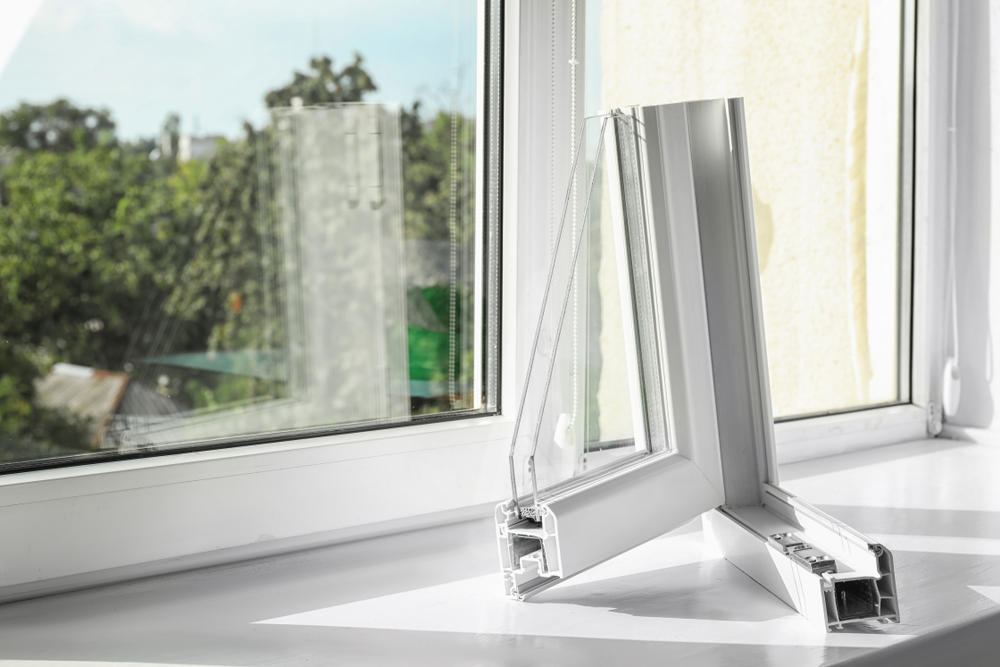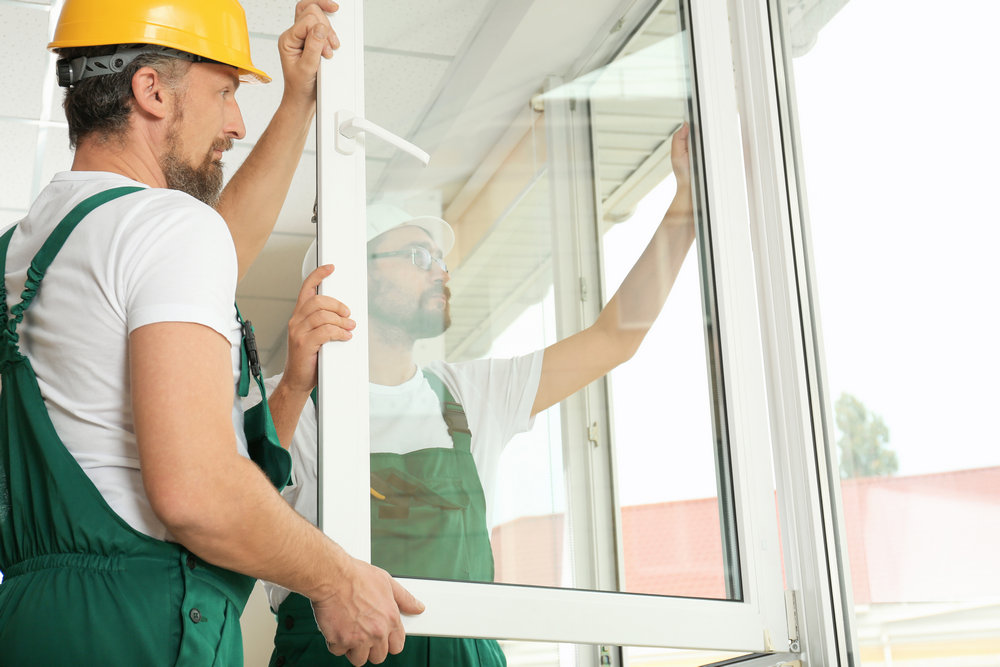
Energy efficiency is a big deal for Los Angeles homeowners. And nowadays, one of the common statements that window companies make about their replacement windows is that they have “gas fills.” When you hear the statement, it sounds like a good thing. But we want to explore if you understand what it really means and how it makes a difference for replacement windows. This blog post will look into the benefits of having gas fills in multi-pane replacement windows.
Are Gas Fills Necessary for Replacement Windows?
There are three types of heat gain/loss that a glass/window manufacturer needs to deal with. The specific way manufacturers choose to deal with these things is similar; what’s different is some of the processes and materials used to combat these problem areas. Glass packages that combine the most efficient parts of these ideas offer the best combination of performance and longevity. It’s really a system where the whole is greater than the sum of the parts.
One of the easiest ways to improve the thermal performance of replacement windows is to add an inert gas, like argon, between the glass panes to reduce the conduction of heat in the space. There are two main types of inert gases used in replacement window glass; argon and krypton. Both are heavier and denser than air. Argon has become the standard in most gas-filled windows, as it can cost as much as 1000% less than krypton.
How Does the Gas Get into The Glass Unit of a Replacement Window?
There are a couple of ways. First, it can be injected into a previously sealed unit. Another option is called immersion, where an unsealed insulated glass unit is placed into a chamber that is already filled with gas. The gas introduction method is typically dependent on the type of spacer system used. While a gas-filled window that uses injection has an already sealed unit, that spacer must have a hole for the probe that injects the gas into the unit. Immersion-filled units are most often “one-piece” units with no hole for gas insertion.
Why Use Gas in Replacement Windows?
Heat rises, and cold falls. So, when it’s cold outside your home, cold air continuously falls against the exterior panes of your windows. Inside, heated air rises against the interior pane. The combination of these two actions creates a thermal roll of sorts, where the air molecules between the glass panes are bouncing around. The effect of this is convective heat gain and loss through the panes and in the airspace on the other side. By adding the argon gas, the convection movement between the panes slows, minimizing heat and cold transfer into and out of your home.
Does the Amount of Gas Inside the Replacement Window Matter?
Yes. Because the gas is heavier and denser than air, the insulated glass should be completely filled. Otherwise, the gas will gather together towards the bottom and leave a pocket of air that, again, promotes convective heat gain and loss. When an injection is used to fill a window unit with gas, there’s a chance that the window won’t get enough gas. For immersion-based units, the unit is sealed once it’s completely filled with gas, so there’s less chance of any air pockets remaining.

Look to Replacement Windows from CGH Solutions®
Gas fills are just one of the many features of replacement windows that help improve thermal performance. We offer high-performance dual pane replacement windows that are ENERGY STAR® certified and can greatly improve your home’s overall energy efficiency.
Would you like more information about our replacement windows, or are you ready to start your window replacement project in Los Angeles? Call us at (844) 200-6244 today.








